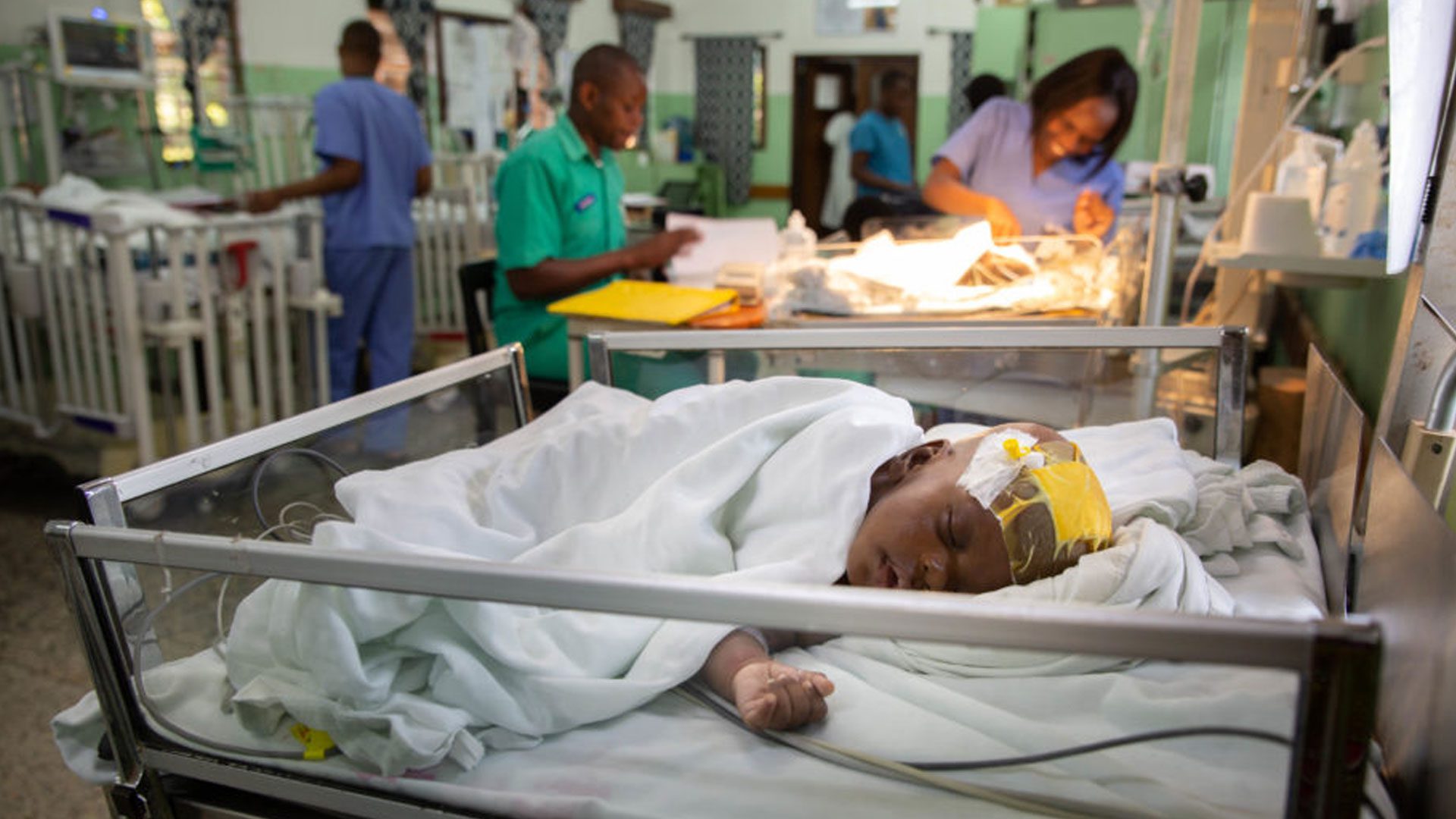Surgery for hydrocephalus in sub-Saharan Africa versus developed nations: a risk-adjusted comparison of outcome
Abstract:
Purpose: Surgery for children in developing nations is challenging. Endoscopic third ventriculostomy (ETV) is an important surgical treatment for childhood hydrocephalus and has been performed in developing nations, but with lower success rates than in developed nations. It is not known if the lower success rate is due to inherent differences in prognostic factors.
Methods: We analyzed a large cohort of children (≤20 years old) treated with ETV in developed nations (618 patients from Canada, Israel, United Kingdom) and developing nations of sub-Saharan Africa (979 patients treated in Uganda). Risk-adjusted survival analysis was performed.
Results: The risk of an intra-operative ETV failure (an aborted procedure) was significantly higher in Uganda regardless of risk adjustment (hazard ratio (HR), 95% confidence interval (CI), 11.00 (6.01 to 19.84) P < 0.001). After adjustment for patient prognostic factors and technical variation in the procedure (the use of choroid plexus cauterization), there was no difference in the risk of failure for completed ETVs (HR, 95% CI, 1.04 (0.83 to 1.29), P = 0.74).
Conclusions: Three factors account for all significant differences in ETV failure between Uganda and developed nations: patient prognostic factors, technical variation in the procedure, and intra-operatively aborted cases. Once adjusted for these, the response to completed ETVs of children in Uganda is no different than that of children in developed nations.



















